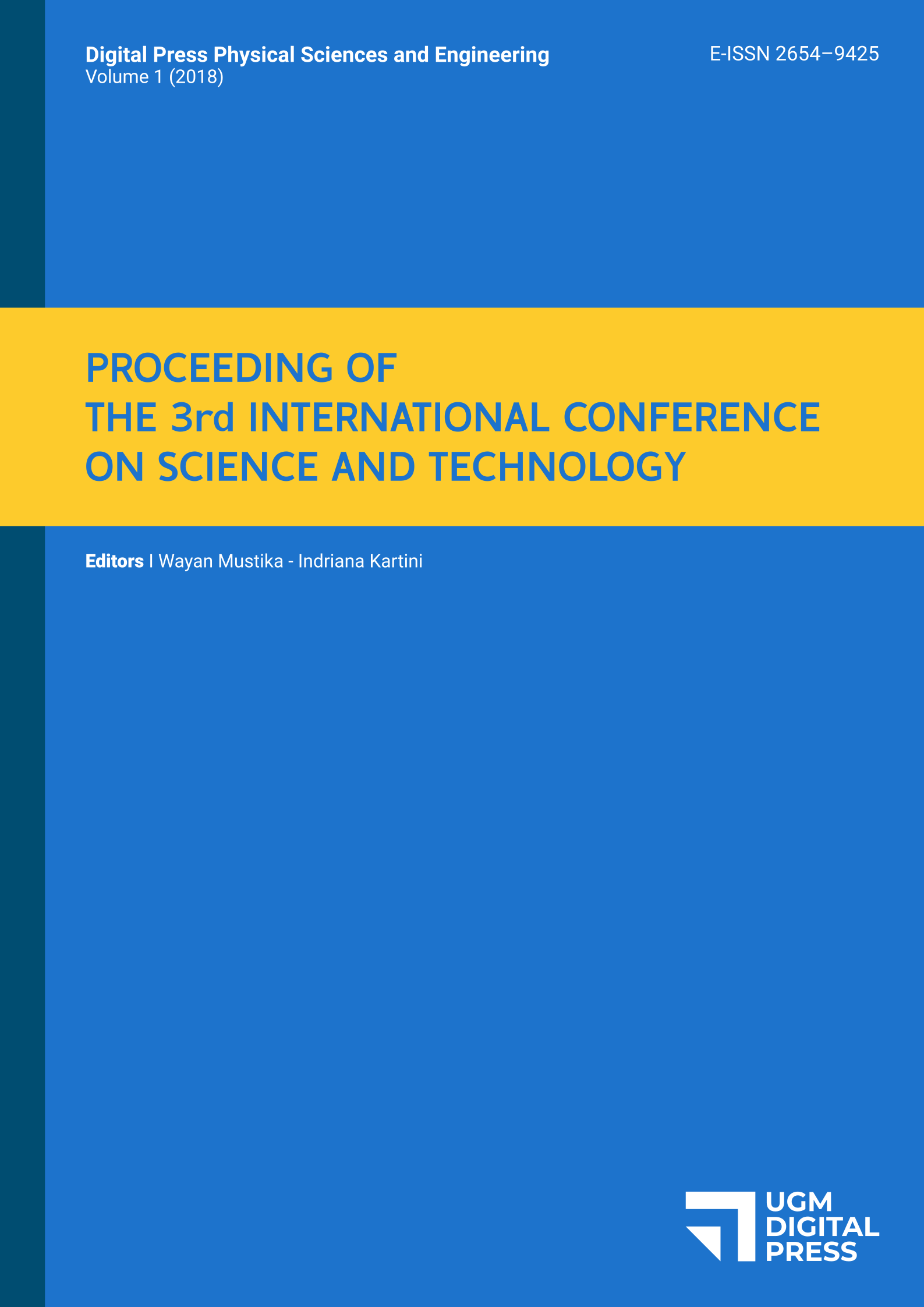Regression model accuracy comparison on mangrove canopy density mapping
Deha Agus Umarhadi
, Akbar Muammar Syarif
Remote Sensing Laboratory, Faculty of Geography, Universitas Gadjah Mada, Yogyakarta, Indonesia
dehaumarhadi@gmail.com
Abstract
Mangrove canopy density condition is often considered in the coastal environment management, so that the accurate data of spatial distribution of mangrove canopy density is needed. This condition need to be studied further related to methods in the mangrove canopy density mapping. However, did not much research compare the mapping accuracy about mangrove canopy density using vegetation index and the combination of statistical regression models, especially using Sentinel-2A satellite imagery. The purpose of this study is to compare the accuracy of mangrove canopy density mapping using NDVI, MSAVI, and MSARVI with simple linear, quadratic, logarithmic, and exponential regression applied to Sentinel-2A satellite imagery. Mangrove canopy density data resulted from a field survey at Jor and Kecebing Bay, East Lombok. The result of accuracy analysis presented NDVI was the best vegetation index in mapping compared MSAVI and MSARVI with an accuracy above 80 % (linear regression analysis of NDVI: 81.66 %, quadratic regression analysis of NDVI: 80.84 %, exponential regression analysis of NDVI: 80.71 %, logarithmic regression analysis of NDVI: 80.68 %). Mapping the mangrove canopy density through the combination of another vegetation index (MSAVI and MSARVI) with four regression models had accuracy of between 70 % to 80 %, except a mangrove canopy density mapping accuracy using quadratic regression between MSARVI and field data, only reached 62.78 %.
Keywords
canopy density, mangrove, regression model, Sentinel-2A, vegetation index
References
dehaumarhadi@gmail.com
Abstract
Mangrove canopy density condition is often considered in the coastal environment management, so that the accurate data of spatial distribution of mangrove canopy density is needed. This condition need to be studied further related to methods in the mangrove canopy density mapping. However, did not much research compare the mapping accuracy about mangrove canopy density using vegetation index and the combination of statistical regression models, especially using Sentinel-2A satellite imagery. The purpose of this study is to compare the accuracy of mangrove canopy density mapping using NDVI, MSAVI, and MSARVI with simple linear, quadratic, logarithmic, and exponential regression applied to Sentinel-2A satellite imagery. Mangrove canopy density data resulted from a field survey at Jor and Kecebing Bay, East Lombok. The result of accuracy analysis presented NDVI was the best vegetation index in mapping compared MSAVI and MSARVI with an accuracy above 80 % (linear regression analysis of NDVI: 81.66 %, quadratic regression analysis of NDVI: 80.84 %, exponential regression analysis of NDVI: 80.71 %, logarithmic regression analysis of NDVI: 80.68 %). Mapping the mangrove canopy density through the combination of another vegetation index (MSAVI and MSARVI) with four regression models had accuracy of between 70 % to 80 %, except a mangrove canopy density mapping accuracy using quadratic regression between MSARVI and field data, only reached 62.78 %.

